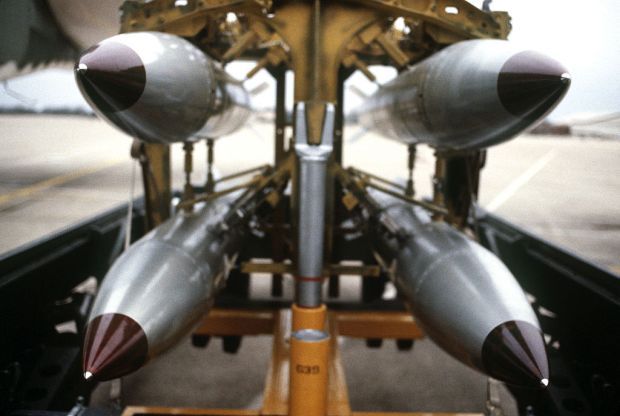
The SIPRI experts have grouped the worldwide transfer of arms in five-year periods. 14% more arms were exported worldwide in the last five years than the five years that preceded them, DW wrote.
The majority went to Asia and to the crisis region of the Middle East. Between the Persian Gulf and the Bosphorus, imports of heavy weapons – the SIPRI report is concerned only with these – rose by 61%. Between 2011 and 2015, India was the only country to import more weapons that Saudi Arabia – a land with just 30 million inhabitants. Compared with 2006–2010, the oil sheikhdom's arms purchases have almost trebled. Number four in the list of the biggest importers of arms is the United Arab Emirates, with a population of barely five million. Turkey is number six.
Other notable shifts on the purchasing side: Mexico's imports of heavy weapons have more than trebled in the past few years compared to 2006–2010: A consequence of the drug war, which has claimed an estimated 100,000 lives over the past 10 years. SIPRI arms trade expert Pieter Wezeman explains that Mexico has, among other things, invested heavily in light armored vehicles "that provide protection against assault rifles or machine guns, but not against rockets."
More than half the arms imported into Africa are brought in by just two countries: the neighboring states of Morocco and Algeria. Thanks to their relatively good economic situation, both countries have the means with which to buy arms. According to SIPRI expert Wezeman, they regard each other with great mutual distrust and have entered into an arms race against one another. Overall, despite its many simmering conflicts, sub-Saharan Africa in particular was not a very significant market for heavy weapons because of its predominantly weak economies.
Here, too, Wezeman sees a problem. He says that although many African states are involved in peace missions, their soldiers are often poorly – or wrongly – equipped. "These states are not investing in the weapons that would be needed for UN operations. They're investing in other weapons, buying them more for the prestige."
On the side of the arms exporters, the U.S. and Russia have developed their positions as the most important suppliers of military equipment. The U.S. alone accounts for one third of arms exports worldwide: Its exports increased by 27%. The U.S. has been constantly replenishing supplies in the Middle Eastern crisis region in particular. Its most important customer was Saudi Arabia; the UAE was in second place, followed by Turkey.
Arms shipments to the United Arab Emirates increased by 35%, and to Qatar by 279%. Imports of weapons to Egypt grew by 37% over the past ten years.
A quarter of global arms exports come from Russia. Its most important customers were in India (39%), China and Vietnam (11% each). China itself almost doubled its arms exports, up 88% compared to 2006–2010. It now has an almost 6% share of the international arms trade, putting it at number three, ahead of France, and has established itself on the international arms market as an important producer. Wezeman attributes this to the improved quality of Chinese weapons. Chinese military equipment goes primarily to Pakistan, Bangladesh and Myanmar, but it's also trying to gain a toehold as an arms supplier in Africa.
Between 2011 and 2015 the Western European countries France, Germany, Britain, Spain and Italy together controlled one fifth of the worldwide transfer of weapons. France's exports, however, dropped by almost 10% in this period, and German arms exports actually halved.
The reason for this was the economic crisis in many European countries. Some European states simply don't have the money for expensive equipment, Wezeman explained. That in turn increased the pressure on the European arms industry to open up new markets. The SIPRI arms trade expert observed that Germany in particular was aggressively trying to sell its weapons systems in places like the Middle East and Asia.

